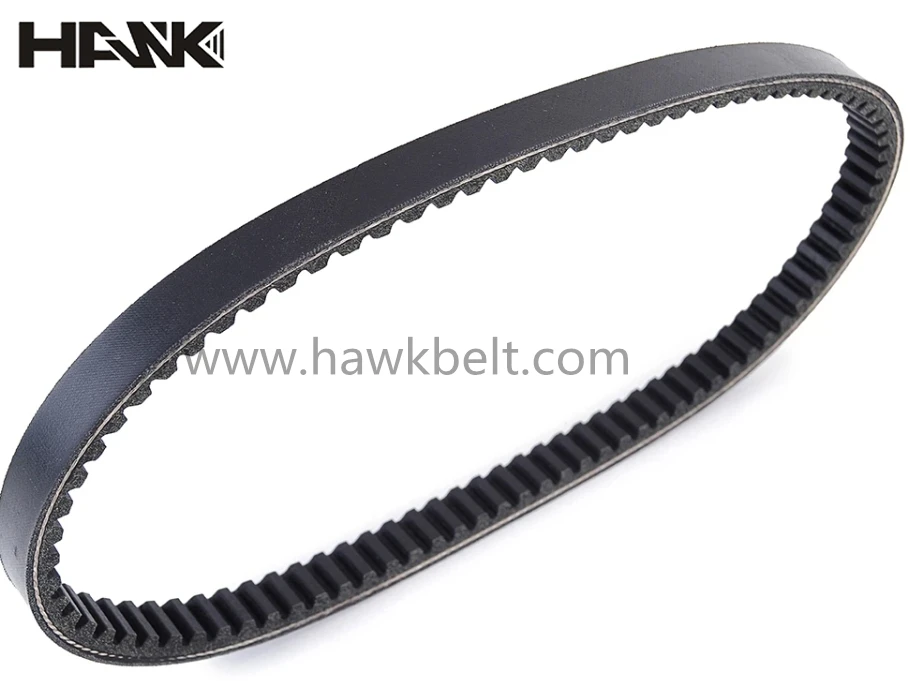- Arabic
- French
- Russian
- Spanish
- Portuguese
- Turkish
- Armenian
- English
- Albanian
- Amharic
- Azerbaijani
- Basque
- Belarusian
- Bengali
- Bosnian
- Bulgarian
- Catalan
- Cebuano
- Corsican
- Croatian
- Czech
- Danish
- Dutch
- Afrikaans
- Esperanto
- Estonian
- Finnish
- Frisian
- Galician
- Georgian
- German
- Greek
- Gujarati
- Haitian Creole
- hausa
- hawaiian
- Hebrew
- Hindi
- Miao
- Hungarian
- Icelandic
- igbo
- Indonesian
- irish
- Italian
- Japanese
- Javanese
- Kannada
- kazakh
- Khmer
- Rwandese
- Korean
- Kurdish
- Kyrgyz
- Lao
- Latin
- Latvian
- Lithuanian
- Luxembourgish
- Macedonian
- Malgashi
- Malay
- Malayalam
- Maltese
- Maori
- Marathi
- Mongolian
- Myanmar
- Nepali
- Norwegian
- Norwegian
- Occitan
- Pashto
- Persian
- Polish
- Punjabi
- Romanian
- Samoan
- Scottish Gaelic
- Serbian
- Sesotho
- Shona
- Sindhi
- Sinhala
- Slovak
- Slovenian
- Somali
- Sundanese
- Swahili
- Swedish
- Tagalog
- Tajik
- Tamil
- Tatar
- Telugu
- Thai
- Turkmen
- Ukrainian
- Urdu
- Uighur
- Uzbek
- Vietnamese
- Welsh
- Bantu
- Yiddish
- Yoruba
- Zulu
Nov . 18, 2024 21:30 Back to list
rubber canvas flat belt
The Versatility of Rubber Canvas Flat Belts
Rubber canvas flat belts have emerged as essential components in various industries due to their versatility, durability, and remarkable capabilities. This article delves into the composition, applications, advantages, and maintenance of rubber canvas flat belts, highlighting why they are a preferred choice for many mechanical and industrial applications.
Composition of Rubber Canvas Flat Belts
Rubber canvas flat belts are typically made from a combination of rubber and cotton or synthetic fabric, enhancing their strength and flexibility. The rubber provides excellent grip and wear resistance, while the canvas fabric acts as a sturdy backing, ensuring the belt can withstand significant tension and stress. This composite structure enables the belts to function efficiently in a wide range of environments, from manufacturing facilities to agricultural settings.
The rubber used in these belts is often formulated to withstand various chemical exposures, temperature fluctuations, and environmental conditions. This resilience makes rubber canvas flat belts suitable for both indoor and outdoor applications. The ability to customize the rubber compound further enhances their adaptability, allowing manufacturers to tailor belts to specific operational needs.
Applications of Rubber Canvas Flat Belts
Rubber canvas flat belts play a crucial role in various sectors, including manufacturing, transportation, agriculture, and mining. They are predominantly used in conveyor systems to transport materials from one location to another efficiently. In manufacturing plants, these belts are involved in assembly lines, moving products through different stages of production. Their smooth surface and excellent traction prevent slipping, ensuring reliable movement of materials.
In agricultural settings, rubber canvas flat belts are often utilized in machinery for processing crops, providing a robust means of transporting grains and other bulk materials. The mining industry also benefits from these belts, using them to move mined materials, where durability and strength are essential due to the heavy loads involved.
Moreover, rubber canvas flat belts find applications in various equipment, such as shoemaking machines, textile manufacturing, and packaging machinery
. Their adaptability to diverse machinery types makes them invaluable across various industries.rubber canvas flat belt

Advantages of Rubber Canvas Flat Belts
The benefits of rubber canvas flat belts are numerous. One significant advantage is their durability. Unlike other belt types, rubber canvas belts resist wear and tear, enabling them to have a longer operational life. This longevity not only reduces replacement costs but also minimizes downtime in industrial operations, leading to increased productivity.
Another advantage is their excellent grip and traction. This characteristic ensures minimal slippage, allowing for precise and seamless material handling. The flexibility of these belts is also noteworthy; they can bend around pulleys and curved paths without compromising performance, making them ideal for intricate machinery layouts.
Additionally, rubber canvas flat belts are relatively lightweight, which contributes to lower energy consumption in conveyor systems. Their efficiency helps in tackling energy costs, making them an environmentally friendly option in operations where energy conservation is crucial.
Maintenance of Rubber Canvas Flat Belts
To optimize their lifespan and performance, proper maintenance of rubber canvas flat belts is essential. Regular inspections should be conducted to check for signs of wear, cracking, or other damage. Keeping the belts clean and free from debris can prevent slippage and excessive wear.
Moreover, ensuring that the tension is maintained within the recommended levels prevents undue stress on the belts, enhancing their performance and life expectancy. Lubrication of moving parts in the belt system is also crucial, as it reduces friction and prevents overheating.
Conclusion
Rubber canvas flat belts have established themselves as integral components across various industries due to their remarkable versatility, durability, and efficiency. Their extensive applications underscore their importance in the modern industrial landscape. By understanding their composition, advantages, and maintenance requirements, companies can make informed decisions about incorporating rubber canvas flat belts into their operations. With the right care, these belts can significantly enhance productivity while delivering reliable performance in countless applications, making them indispensable in today's fast-paced world.
-
Upgrade Power Steering Pump Belt for Smooth, Quiet Operation
NewsAug.27,2025
-
Precision Timing Belt & Chain: Engine Performance & Durability
NewsAug.26,2025
-
Precision Lathe Drive Belts: Durable & Reliable Performance
NewsAug.25,2025
-
84.5 Serpentine Belt: Durable & Precision Fit for Your Engine
NewsAug.24,2025
-
Premium Ribbed Drive Belts for Quiet Power Transmission
NewsAug.23,2025
-
High-Performance Vehicle Timing Belt for Engine Precision
NewsAug.22,2025

